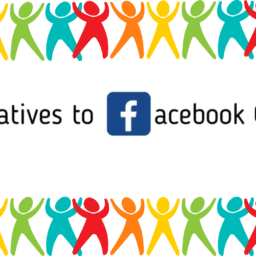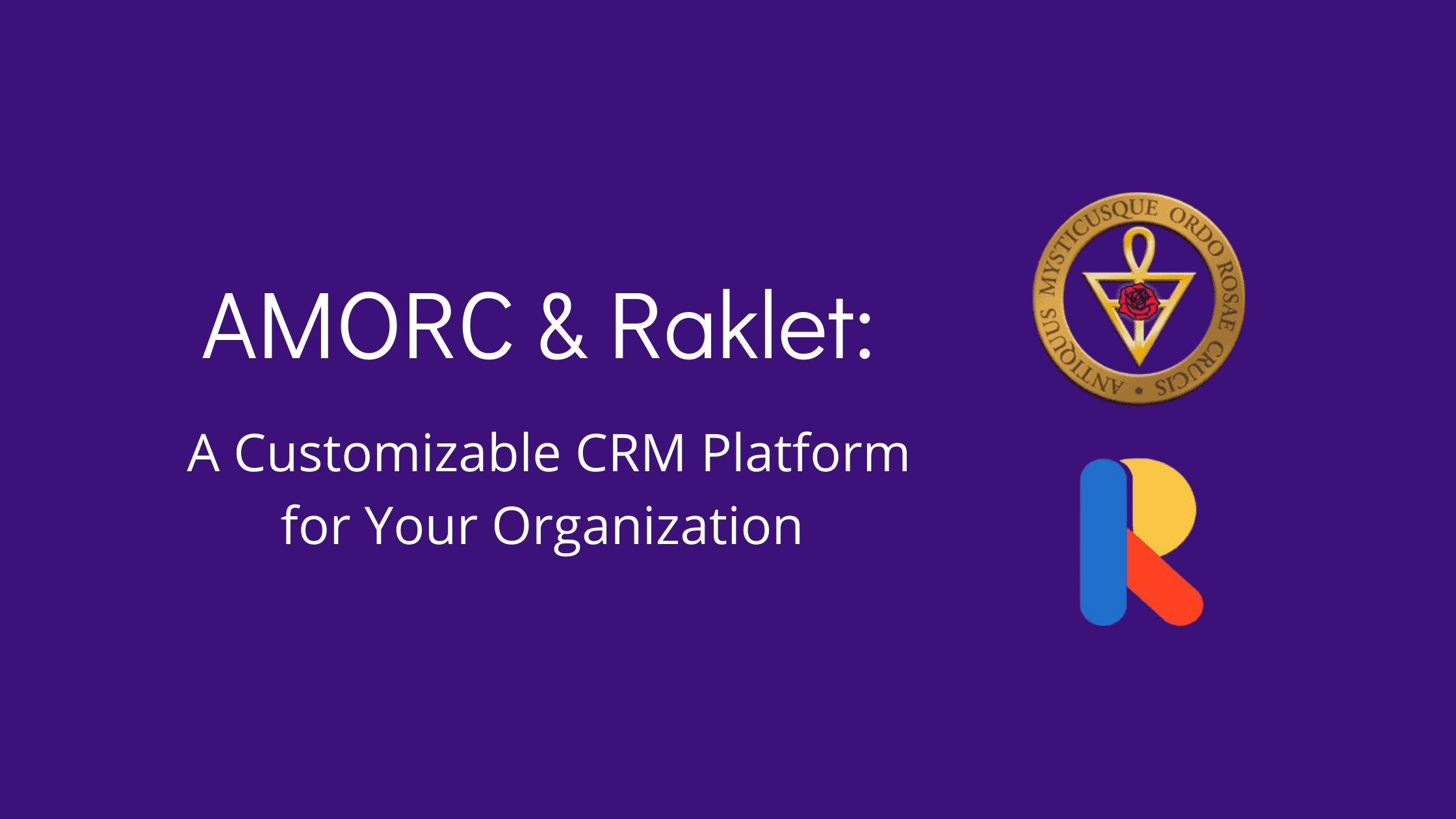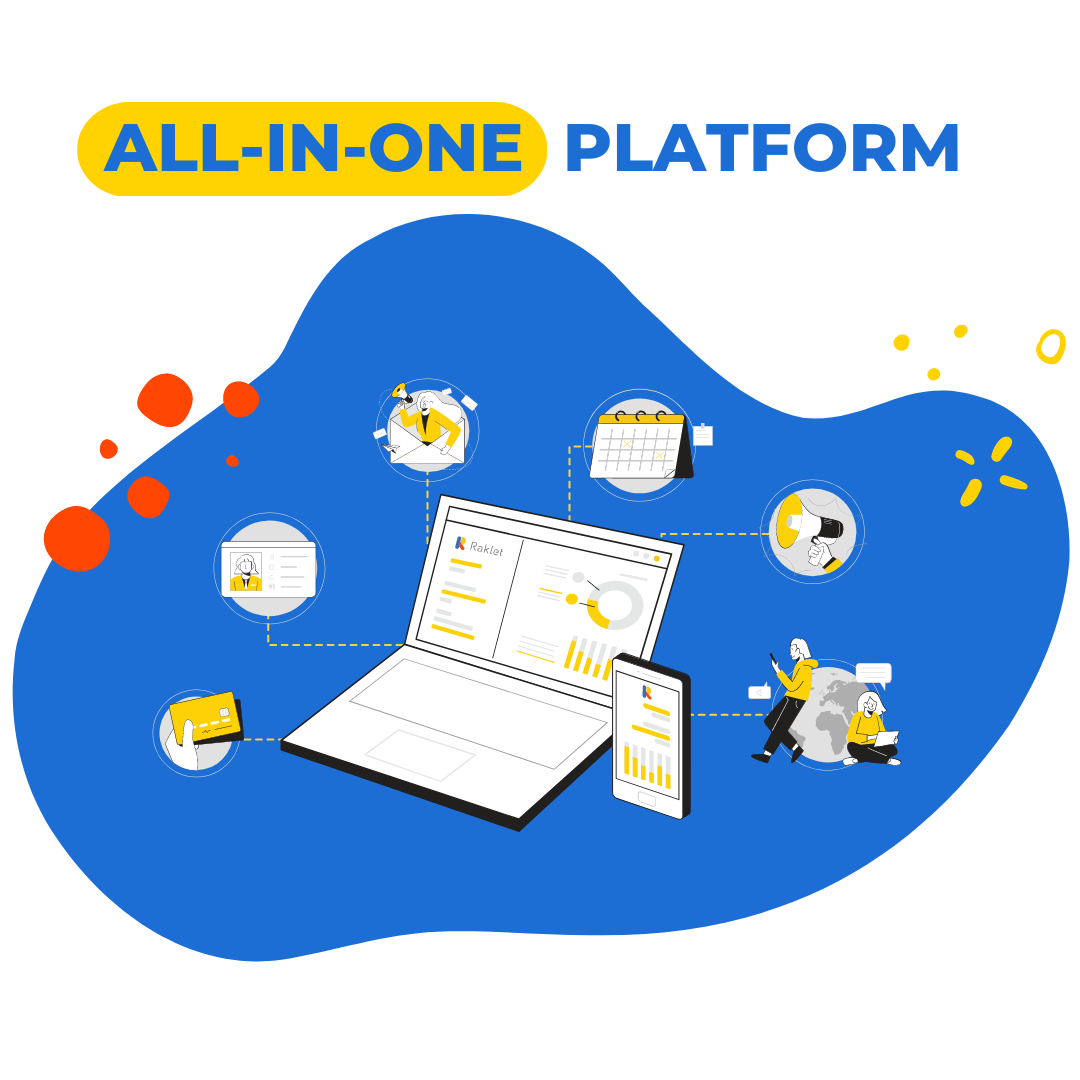Don’t know how to get sponsors? We have a great guide for you. Thanks to this, you will be able to find answers to your questions about how to get sponsorships, how sponsorships work, how to get sponsored by brands, and how to get corporate sponsorships. Don’t worry; we’ve prepared this piece for you step by step, and you will find answers to all your questions. So let’s go and figure out what the concept of sponsorship is.
So, have you ever been to a festival, competition, or other gathering where lots of company logos were widely showcased? These companies are the sponsors. So how do sponsorships work? There is an exchange of value between the sponsor and the sponsored party in each sponsorship arrangement. Sponsors receive visibility among the event’s intended demographic in exchange for money or in-kind support. Events in the areas of sports, culture, charity, and business are all fair game for sponsorship.
Sponsorship is a type of advertising in which a business offers money or in-kind assistance to an event, person, or group. The sponsor gains visibility among a target audience in exchange for financial support. Brand awareness, revenue, and customer connections can all be increased through strategic sponsorship.

What are the 5 types of sponsorship?
The question that immediately comes to mind is: What are these types of sponsorships? We wanted to evaluate these types in five basic groups. Let’s review each of these forms of sponsorship in detail so you can get an answer to your “how to get sponsorships” question and choose the one that best serves your needs.
- Sports Sponsorship: This kind of sponsorship is when a company helps out a team, athlete, or sports event. It’s a great way to get people to know your brand and reach certain kinds of people, especially if you want to reach sports fans.
- Entertainment Sponsorship: When a company supports a music festival, concert, or any other kind of entertainment event, this is called entertainment sponsorship. It’s a good way to spread the word about your brand and reach a wide audience.
- Cause-Related Sponsorship: Cause-related funding is when a business gives money to a non-profit group or a social cause. This kind of sponsorship lets companies show they care about the community and can help build a good image for their brand.
- Event Sponsorship: Sponsoring an event is when a company pays for something like a conference or trade show. This kind of sponsorship can be a good way to get in front of an audience and get leads.
- Education Sponsorship: This type of sponsorship is when a company gives money to institutions, scholarships, or other projects that have to do with education. It’s a great way to show that your company cares about education and build goodwill.
How to Get a Sponsorship: Know Your Audience
Before looking for a sponsor, it’s important to know who you’re trying to reach so you can make sure your plan fits their needs and wants. This can be done by doing market research and analyzing demographics, interests, behavior, pain points, and preferred contact channels. It’s also important to connect with the public through social media to build relationships.
You may wonder how to get sponsored, so you need to know who you’re trying to reach and how they’ll benefit. Think about who your audience is, what they like, what they expect from the event or project, and how the sponsor can benefit from getting in touch with them.
In short;
- Research to find out who you want to reach.
- Look at your audience’s age, gender, hobbies, and how they act.
- Know how your audience feels and what they’re going through.
- Identify your audience’s favorite communication channels.
- Use social media to talk to your viewers and make connections with them.
How to Get a Sponsorship: 10 Key Tactics
Getting a sponsor’s support can be difficult, but it’s possible with the right strategy. If you want to know how to get sponsored, think about the following 10 tactics.
- Know your target audience
Before you try to find sponsors, you should know who you want to reach. If you know a lot about the sponsor’s past, hobbies, and habits, you can better connect your pitch and sponsorship package to their goals.
- Research potential sponsors
Get sponsors whose ideals and goals fit with those of your event or group. Looking into previous sponsors of comparable events or groups is another option. In this way, you can solve your problem of how to get sponsored by brands. Be careful to choose brands that serve the same purpose as yours.
- Identify the decision-makers
If you are constantly asking yourself how to get sponsorship, pay attention to this tip. Try to find out about potential organizations and who the people are who will be interviewing you for sponsorship. This way, you can save time and understand which company might be interested in you.
- Create a sponsorship proposal
If you want to know how to get sponsored, you need to pay attention to the sponsorship proposal. A sponsorship proposal needs to be well-written and include all the important information about your event or organization. This includes the target audience, the event’s or organization’s mission and values, and how the sponsor and the event organizer will both profit.
- Offer sponsor incentives
Sponsor incentives can be anything from visible logo placement to free tickets or passes, social media promotion, or invitations to VIP events. With these incentives, you can quickly get corporate sponsorships.
- Negotiate the terms
You should expect to negotiate the sponsorship fee and the extent to which the sponsor will be involved. It would be wise to specify this in the sponsorship proposal as well. Getting corporate sponsorships will be inevitable when you put forward terms that are suitable for you and your principles.
- Be professional and persistent
Talk to potential sponsors in a professional and persistent way, but don’t come across as pressing. It’s important to check in with possible sponsors to make sure you weren’t forgotten and that they’re still thinking about your idea.
- Build relationships
Relationships between sponsors and the organizations or events they support correspond with higher sponsorship levels. Get to know the event’s sponsors by talking to them online and in person, and always be looking for new ways to work together. Building a relationship helps solve the problem of how to get sponsorships.
- Measure and report on the sponsorship’s success
Long-term success with sponsors requires constant communication about the sponsorship’s progress. To prove the sponsorship’s worth, you can use measures like attendance, media attention, social media interaction, and sales.
- Use sponsorship management tools
To save time and effort throughout the whole sponsorship cycle, think about using a sponsorship management application. You should find methods to record sponsor interactions, handle sponsor contracts, and evaluate the benefits of sponsorships.
You can improve your chances of getting sponsored and creating successful relationships with sponsors if you follow the following strategies.

An Example of a Sponsorship
If you’re still confused, let’s use an example to clarify what sponsorship is. Let’s pretend for a moment that your organization is a non-profit that aids animals in need and that you’re planning a fundraiser. You’ve made the executive decision to team up with a local pet shop that has similar goals and ideals to your own. The pet store gives you money to cover the costs of event promotion, and in exchange, you use their logo prominently in all promotional materials and share their brand across all of your online platforms. The sponsorship model can be seen here.
But there are many other kinds of sponsorships as well, such as product sponsorships, in which a business donates some of its products to an event or organization, or service sponsorships, in which a business donates some of its services, such as transportation or catering, to the event for free.
If you want to attract sponsors, you need to know what kinds there are and how they may help your organization.
Why is Measuring Your Sponsorship Important?
Many businesses make the mistake of not evaluating the results of their sponsorships. The success of the sponsorship hinges on your ability to quantify its value to both your company and the sponsor.
You may show your sponsor the value of their support by tracking metrics like attendance, social media activity, and press coverage. This data can be utilized to prove the sponsorship was worthwhile and win over potential new backers.
You can tell if a sponsorship has benefited your organization by gauging its effect on metrics like brand awareness and revenue generation. In order to foster long-lasting partnerships with sponsors and guarantee a win-win situation for all parties concerned, tracking the results of your sponsorship efforts is essential. If you act in accordance with these principles, you will assist yourself in obtaining sponsorships in the future and won’t encounter issues like learning how to obtain sponsorships from companies or brands.
6 Things Every Sponsorship Pitch Needs
If you want your sponsorship plan to be taken seriously, you need to say certain things in it. After you have a clear idea of who you want to reach, you can write a short outline of your organization’s goals. It’s also important to be clear about what the sponsor will get out of the deal. It is also important to have a detailed budget and an activation strategy that show how the sponsor’s brand will be used in the event or group. Lastly, make sure to include a strong call to action that will make the sponsor want to get involved.
Here are the six mainstays of a winning sponsorship proposal:
- Introduction: A brief overview of what you plan to accomplish
- Audience: An explanation of who you want to reach and why
- Objectives: What you want to accomplish with the sponsorship, and why you need it should be detailed.
- Benefits: An exhaustive description of how the sponsor’s money will be put to use
- Investment: Explanation of the sponsor’s financial commitment in detail
- Call-to-Action: A compelling and specific request for the sponsor to take action

Sponsor Management Tools: What to Look For in a Sponsorship Software
Still thinking, “Why should I use sponsorship management?” The correct sponsorship management platform can make all the difference for a nonprofit that relies on corporate donations. You can find a number of tools, such as nonprofit management software and event planning programs, to assist you in organizing your sponsorships effectively. Using a sponsorship management platform can help you save time and effort while increasing your chances of receiving sponsorships for your event.
The management of sponsorships is only one of many tasks that can be simplified with software developed with nonprofits in mind. Just a few of the capabilities that such software might provide include donor and sponsor management, fundraising, and volunteer management. In order to keep tabs on fundraising KPIs and donor involvement, many nonprofit management tools come equipped with in-depth reporting and analytics features.
If your company holds a number of events throughout the year, sponsorship management software may also prove useful. Event organizers can use these tools to manage everything from attendees and sponsors to venue space and ticket sales. Sponsor information, such as sponsorship level, branding requirements, and more, may be easily tracked using event management software.
Your organization’s goals should be front and center when you research sponsorship management software.
Here are some important qualities to seek out:
- Add your company’s logo and colors to the user interface for a personalized look and feel.
- Tools for keeping tabs on sponsors, such as their contact info, logo, contract terms, and more
- Possibility to draft and deliver sponsorship offers to prospective backers.
- Ability to keep tabs on your sponsorship budget, covering both outgoing costs and incoming cash from sponsors.
- Analytics and reporting provide information and insights about your sponsorship relationships, such as ROI, revenue earned, and other KPIs.
- Simplicity: an approachable and well-organized user experience that reduces learning curves for everyone on your team.
Securing a Sponsorship: 10 Questions to Make Your Sponsor Fall in Love With You
Asking the proper questions of potential sponsors will help you win them over and secure a sponsorship arrangement. Although we are not discussing romantic love, the answers to these questions may help you and your sponsor become closer. Having strong connections opens up opportunities for new partnerships and sponsorships.
Here are 10 questions to win your sponsor:
- In what ways do you hope to benefit from being a sponsor?
- Are we trying to achieve the same things with this event or this group?
- How can we best ensure that we are accomplishing both our aims and yours?
- What do you want to achieve by working together?
- Do you think we can actually accomplish these objectives?
- Is there anything we can do as a team to guarantee that each of us benefits from this arrangement?
- How exactly can we assist you in achieving your goals?
- Is there anything in particular we can do to help you achieve your goals?
- How can we work together to guarantee that your needs are being met?
- Who exactly are you trying to reach, and how can we assist you in doing so?
- Do you have a target audience in mind when developing your brand’s messaging?
- In what specific ways can we improve our event or group so that it appeals to you?
- Can you describe your ideal partnership’s level of public visibility?
- Is it brand exposure you seek, or perhaps a mention in the press?
- When working together, how can we best promote both of our names through the use of your company’s products or services at our next event?
- How can we work together to promote your company at our upcoming function?
- Is there a certain manner in which you’d like your company’s name to be used?
- Is there anything we need to know about using your logo or name in connection with our event or group?
- Do you have any thoughts on how to activate this?
- Do you have any suggestions on how we might promote your company during our gathering?
- How can we collaborate to develop exciting new ways to promote your company?
- How can we increase the value of our collaboration, and what advantages can we provide?
- Is there anything in particular you’d like to get out of a sponsorship arrangement?
- Is there anything we can do to make you feel like your money is well spent?
- What measures do you use to evaluate success, and how can we ensure that we achieve them?
- Is there a certain measure you hope to reach by working together?
- How can we work together to make sure that the metrics by which our success is defined are those that you expect?
- How can we take this collaboration to the next level and form a lasting relationship?
- Can we see ourselves doing more work together down the road?
- Is there anything we can do to make sure this relationship lasts?

Last Words on Getting Sponsorships
We understand that getting a sponsorship is not an easy task, but with proper preparation and execution, it may prove to be an invaluable asset in expanding your business or event. Successful partnerships with sponsors require an understanding of the various forms of sponsorship, familiarity with the target audience, the application of appropriate strategies, and the checking of outcomes. You may improve your chances of getting sponsorships and establishing lasting partnerships by tailoring your sponsorship packages to each individual sponsor. We hope you understand the guide with questions about how to get sponsorships, how to get sponsored, and how do sponsorships work.
Sponsorship software like Raklet allows us to manage our sponsorship management so that we can put our energy into planning events and experiences that will be remembered for a lifetime. Raklet makes it easy to keep tabs on our sponsorship packages, create and distribute tailored pitches to prospective backers, and process sponsorship payments and invoicing. So, we can improve our sponsorship process and give the right audience and our sponsors the best possible experience, boosting their happiness and laying the groundwork for future collaboration.






